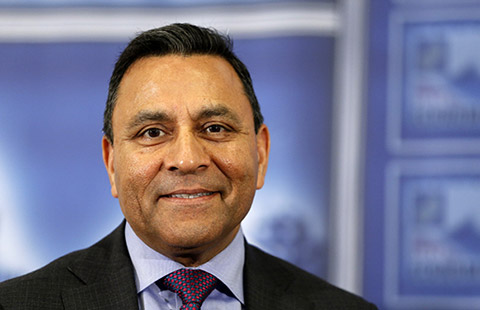Inland region 'key' to growth
In light of the "diamond decade" that China and ASEAN are marking, Li encouraged Guangxi to firmly grasp its opportunities by fully leveraging its proximity to the sea and some 600 million people. Li urged Guangxi to strive to become a strategic focal point of local development.
Talking to young performers wearing their national costumes, Li said China and ASEAN members are like a big family with a common culture and vision for development.
"Bilateral relations will have a splendid future, like a brocade you are embroidering," he said.
In a pavilion with the theme "International Economic Cooperation", Li was introduced by some Chinese enterprises to their investment and business performances in ASEAN.
To achieve a win-win outcome and mutual reciprocity, Li urged them to abide by local laws and regulations, respect local customs, fulfill their social responsibilities and bring benefits to local people.
The premier was shown the use of agricultural and information technology in ASEAN markets at several high-tech booths.
He stressed the importance of locating mutual demand as a driving force to spark technological innovation and broaden the fields of cooperation.
Li also welcomed foreign businessmen to ride China's economic boom to expand their business in China and make more Chinese friends.
Ty Channa, deputy director of the Cambodian Agricultural Research and Development Institute, said that strengthened bilateral ties can aid ASEAN, notably Cambodia, weather a slow global economy.
Huang Jincheng, assistant chief editor of the Malaysian newspaper Oriental Daily, said Li's remarks show the Chinese government's sincerity and its attention to ASEAN.
He added that it is quite necessary for China and ASEAN to develop close ties and there is great potential for bilateral cooperation in commerce, trade and culture.
To deepen pragmatic economic cooperation, Li proposed "an upgraded version" of the China-ASEAN Free Trade Area, adding that the Chinese side will strive to expand bilateral trade to $1 trillion by 2020 and increase bilateral investment by $150 billion during the next eight years.



















